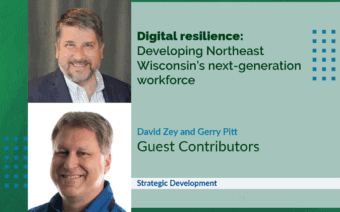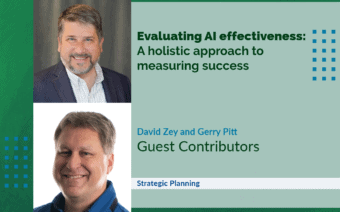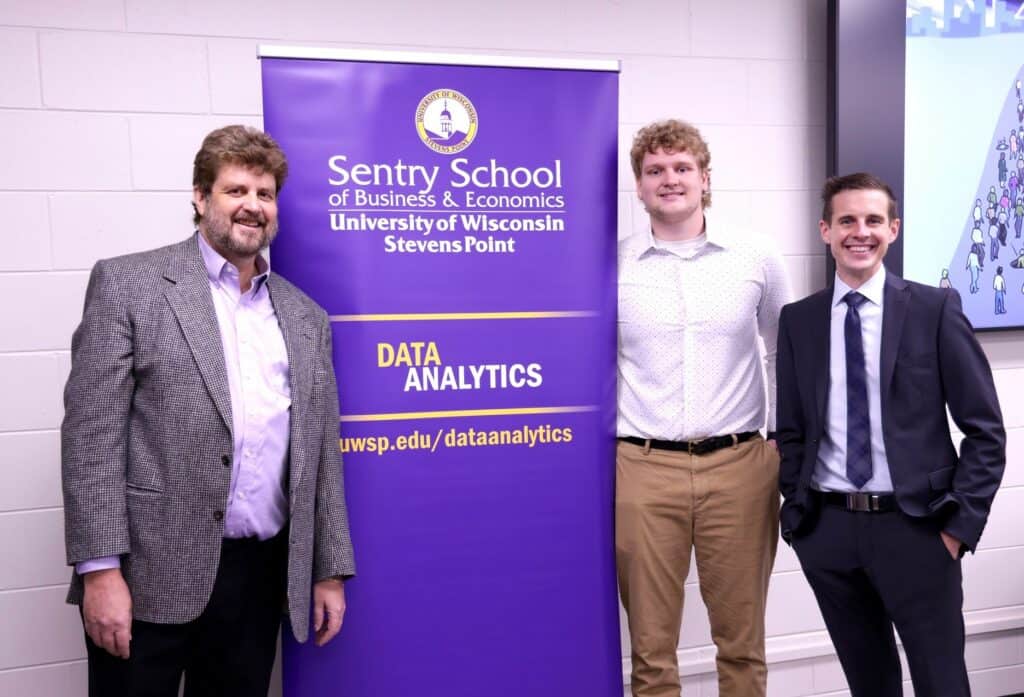
July 1, 2024
GREEN BAY – At the ripe age of 23, Alick Corbley – a data analyst with Bug Tussel in Green Bay – is already making a name for himself in the data and statistics industry.
Corbley, a 2019 Green Bay Preble graduate, recently traveled to Amsterdam, Netherlands, for the third annual World Conference on Data Science & Statistics.
The conference is one of the largest and the most technological annual events held worldwide, bringing together innovative minds, enterprise practitioners, technology providers, start-up innovators and academics working with data science to discuss ways to accelerate AI-driven transformation.
The three-day event focused on topics in data governance, data literacy, leadership, privacy and ethics, applications of machine learning and open-source data technologies.
At the conference, Corbley presented his research on customer retention – specifically how Bug Tussel identifies customers who are more likely to leave or stay.
“I take any of our clean or dirty data, and I try to make reasonable assumptions based on that for Bug Tussel,” he said. “Clean data is data I can use immediately, and dirty data might have spelling or system errors – I can go through that data and fix it to make it usable.”
Corbley, a University of Wisconsin-Stevens Point (UWSP) graduate who studied data and analytics, said he interned with Bug Tussel during his junior year at UWSP and has been with the company ever since.
“Data analytics – many people get it confused… I’ve had to explain it to tons of people – is a lot more than basic data and statistics,” he said. “I use a prediction model that can use those statistics to find whether a customer is going to stay or leave, and it can make accurate predictions based on the information I give it.”
According to the company’s website (btussel.com), Bug Tussel was established in 2003 by Steve Schneider to address the lack of attention rural areas receive from internet providers.
The company’s mission is to provide internet service in rural areas and grow a network of towers to deliver a service that outperforms some metropolitan areas.
“Recently, Bug Tussel’s efforts have been aimed at (what we call) ‘getting into the shoes of our customers,’” Corbley said. “Whether that’s what we can do in customer service, sales and marketing or the retention side – which is more what my latest project dealt with. It’s giving the customers a better experience – it helps both of us.”
More on the conference
Corbley said he admits he didn’t previously know much about the World Conference on Data Science & Statistics.
“I had a professor at UWSP I did this project with – it started as a capstone project when I was at college,” he said. “Every couple of years, he picks students where he enjoyed their capstone projects and does a research paper with them to excel their projects. He has way more knowledge on this sort of thing.”
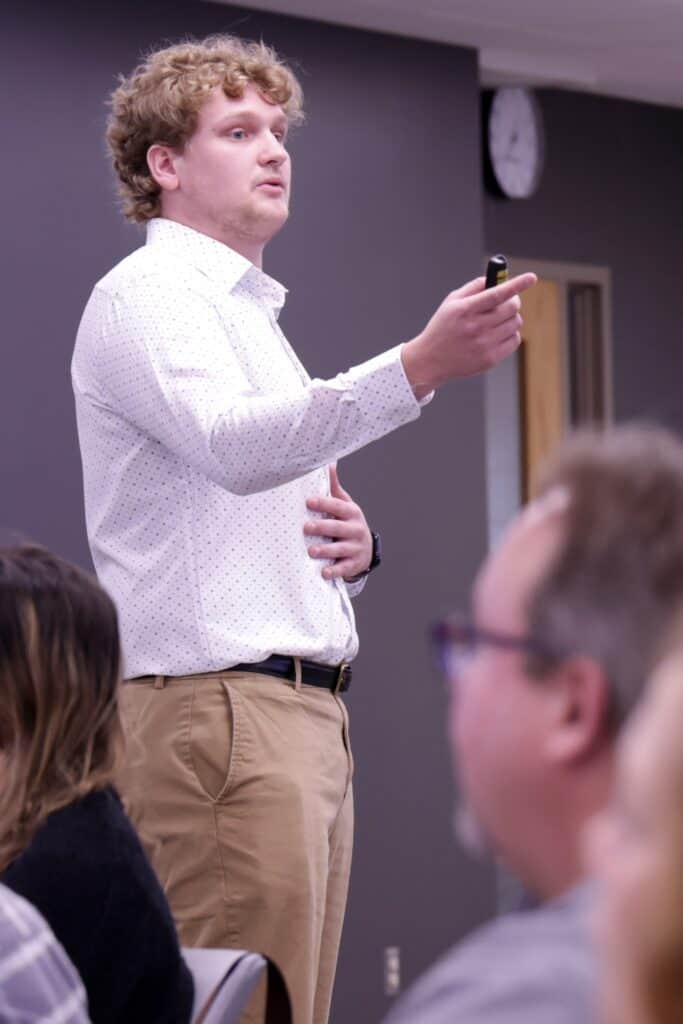
Typically, Corbley said a capstone is the final piece of work or project that wraps up a student’s academic program – representing a significant milestone in one’s academic and professional development.
“When I came to Bug Tussel, the project was accelerated, and we ended up getting it into a published paper and doing a talk at UWSP,” Corbley said. “On a whim, (my professor) submitted it to the (world) conference, and I was accepted.”
Corbley said the conference “had a ton of presenters.”
“Each presenter got 30 minutes,” he said. “There were people from Brazil, Grenada, Italy, etc. (discussing) how they improve traffic systems, health care and internet for consumers. My professor was there with me, and we presented an 18-slide presentation summing up the project.”
Corbley said from what they’ve seen, this is the first fixed-wireless prediction model out there.
“We’ve looked through lots of published documents (and haven’t found anything else),” he said. “Having something like this sets us apart… Presenting and showing companies overseas how it works and getting constructive criticism was awesome.”
Once accepted as a presenter, Corbley said there was much work to be done, which included preparing his presentation, practicing and fine-tuning things.
“We presented the steps and stages of how we went through and built this model,” he said. “First was doing data preparation – gathering customer data and purchasing data, or even from the U.S. Census. From that point, we took the data and put it into prediction models. We also had to eliminate variables we found that were less important than we thought. We presented on how we went through those stages.”
Getting practice beforehand
To further prepare himself for the conference, Corbley said before making the trip to Amsterdam, he presented to listeners at UWSP.
“That presentation was in front of UWSP’s board of analytics, students currently in the (data analytics) program, students who weren’t in the program but were interested and even students from SPASH (Stevens Point Area Senior High) who watched to see if they wanted to go into analytics in college,” he said.
Presenting in front of the approximately 70 people, Corbley said, was “a cool learning experience” and helped prepare him for the conference.
“Presenting at UWSP made me less nervous to present in Amsterdam,” he said.
Research details
Based on the data analytics he’s gathered, Corbley said Bug Tussel can figure out whether a customer will leave or stay in the next three months by an accuracy of 70%.
“In the industry, you might see accuracy percentages in the mid-80s, but once you get higher, you run the risk of overfitting your model,” he said.
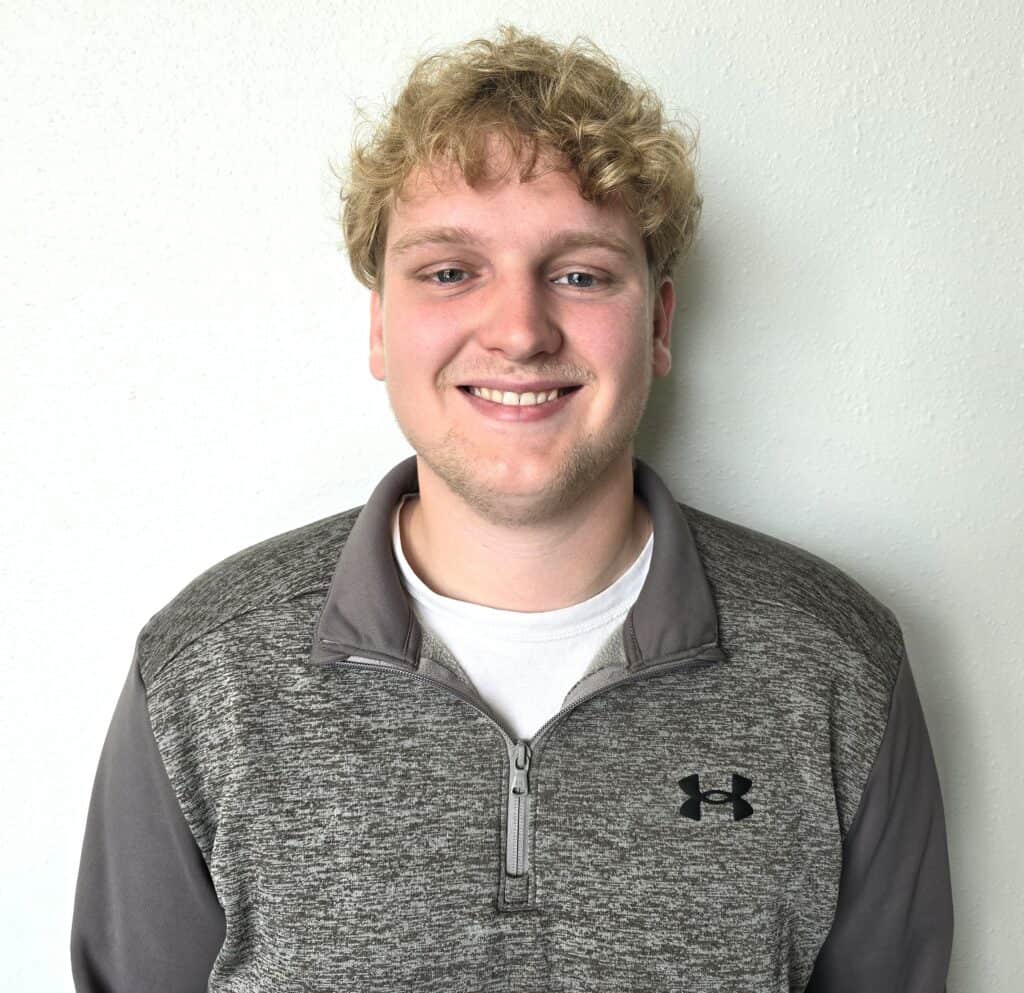
Corbley said his research took into account things like demographics, income, age, the number of adults in a household, credit card information and other variables.
“For example, older customers in their 50s, 60s and 70s are more loyal to staying with a company than younger people,” he said. “In more populous areas, people are less loyal to stay with a company. Regarding distance to a tower, the closer to a tower, the more loyal customers are. These are a few examples (of the analytics involved).”
Corbley said two-adult households are amongst the highest in regard to customer retention.
“It could be an older couple where their kids have moved out or a younger couple just starting (out),” he said.
Corbley said he’s found that overall income doesn’t play a huge role in determining customer retention for Bug Tussel.
“The data collected shows you don’t have to make a lot of money to stay with a certain company,” he said. “We have people from all different (income) ranges.”
Though each data point together helps paint the picture of why customers stay or go, Corbley said “it’s not cut and dry.”
“There are lots of factors in customers’ decisions,” he said. “Some of it is voluntary – maybe a competitor had better pricing or they weren’t happy with the customer service. It might just be that they don’t like the service, so they leave.”
Aside from voluntary reasons, Corbley said involuntary reasons can also contribute, where it’s not necessarily their fault.
“Sometimes people move, die, are incarcerated or have a house fire,” he said. “There’s no way we can predict some of the reasons people leave a company, so for this project, we removed the involuntary aspect of things.”
Corbley said Bug Tussel’s monthly attrition rate is about 2% – which is “right about the industry standard.”
“(Amongst that 2%), our voluntary rate is about 76%, while our involuntary rates are about 24%,” he said.
For more information on Corbley’s project, you can find additional details on Facebook and through the UWSP Center for Data Analytics at UWSP.edu.
 The Barn at Mirror Lake provides a one-stop shop for weddings
The Barn at Mirror Lake provides a one-stop shop for weddings Big Guns Tattoo making a big impact in Fox Valley
Big Guns Tattoo making a big impact in Fox Valley


